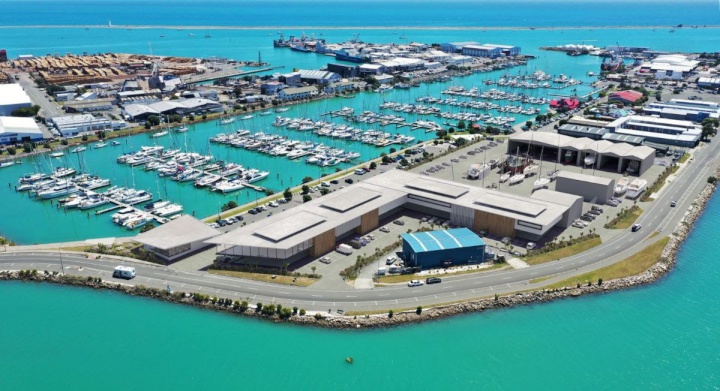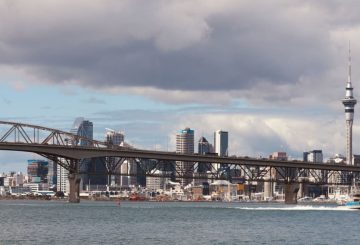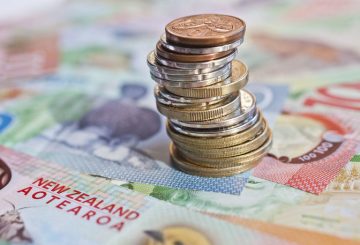ネルソンマリーナを近代的なボート遊びの拠点とし、コミュニティの誰もが楽しめる場所にするためのネルソン市議会の計画を定めたマスタープランのドラフトが、6月20日に公開されることになりました。
マリン販売・サービス関連事業に特化したマリーナセンター案
6月9日に開催される戦略的開発・不動産小委員会で一般公募される予定の「マリーナ基本計画案」は、15年間のビジョンで、ボート所有者のための施設の近代化、市街地へのアクセス改善などを盛り込み、一般の利用を促進するものです。
戦略的開発・不動産小委員会のガイル・ヌーナン(Gaile Noonan)委員長は、この計画は、ネルソンの地域経済における成長と活動を刺激する、活気あるボートの中心地を作ることを目的としている、と述べています。
「マリーナには多くの可能性があり、このマスタープランはそれを引き出すことを目的としています。ネルソン市にとっての利点は、市街地と海とのつながりが強化されること、コミュニティの誰にでも開かれた新しい空間ができること、その中心には、最新鋭のマリーナに期待されるすべてを提供する、船乗りのためのモダンな施設があることです。」
主要な出資者との協議を経て作成されたマスタープランには、10年から15年にわたるマリーナのための、以下のような新しい構想が盛り込まれています。
- ウォーキングやサイクリングのための新しいウォーターフロントの遊歩道
- 活性化されたポケットパーク(小さな公園)
- マリーナを見渡せるカフェや飲食店のための新しい施設
- 無動力船を使用するクラブのための潜在的な新しいシースポーツ施設。
マリーナのボート用インフラを大幅に改善する予定です。
- 給油専用桟橋
- 混雑を緩和するための公共ボート乗り場エリアの再編成
- 将来性を考慮し、全国的に競争力のあるマリーナ用駐機場と新しいボートホイスト(揚艇機)の設置
- より大きなバースサイズへの超過需要に対応し、既存の水域を最適に利用するためのマリーナのバース(係留場所)再編成
- 今後40年間の需要に対応するためのマリーナ拡張計画
- 効率的な陸上保管を実現するための乾燥用架台(ドライスタック)の長期的計画
「マリーナを一般に開放する一方で、ボートに乗る人たちに最高のサービスを提供できるようにしたいと考えています」とヌーナン議員は語ります。
「バランスをとるのは難しいですが、この2つの目標は互いに矛盾するものではありません。魅力的で人が集まる空間は、マリーナの長期的な成功につながるものであり、事前協議の際にもマリーナの関係者から支持を得ました。
「我々は、マリーナを日常的に利用されている方々や、地域全体の声をお聞きしたいのです。この計画はマリーナを正しい方向へ導くものですか?何か追加してほしいことはありますか?」
6月14日に開催される自治体による本会議での最終決定を待って、6月20日から4週間にわたって協議が行われます。






























































